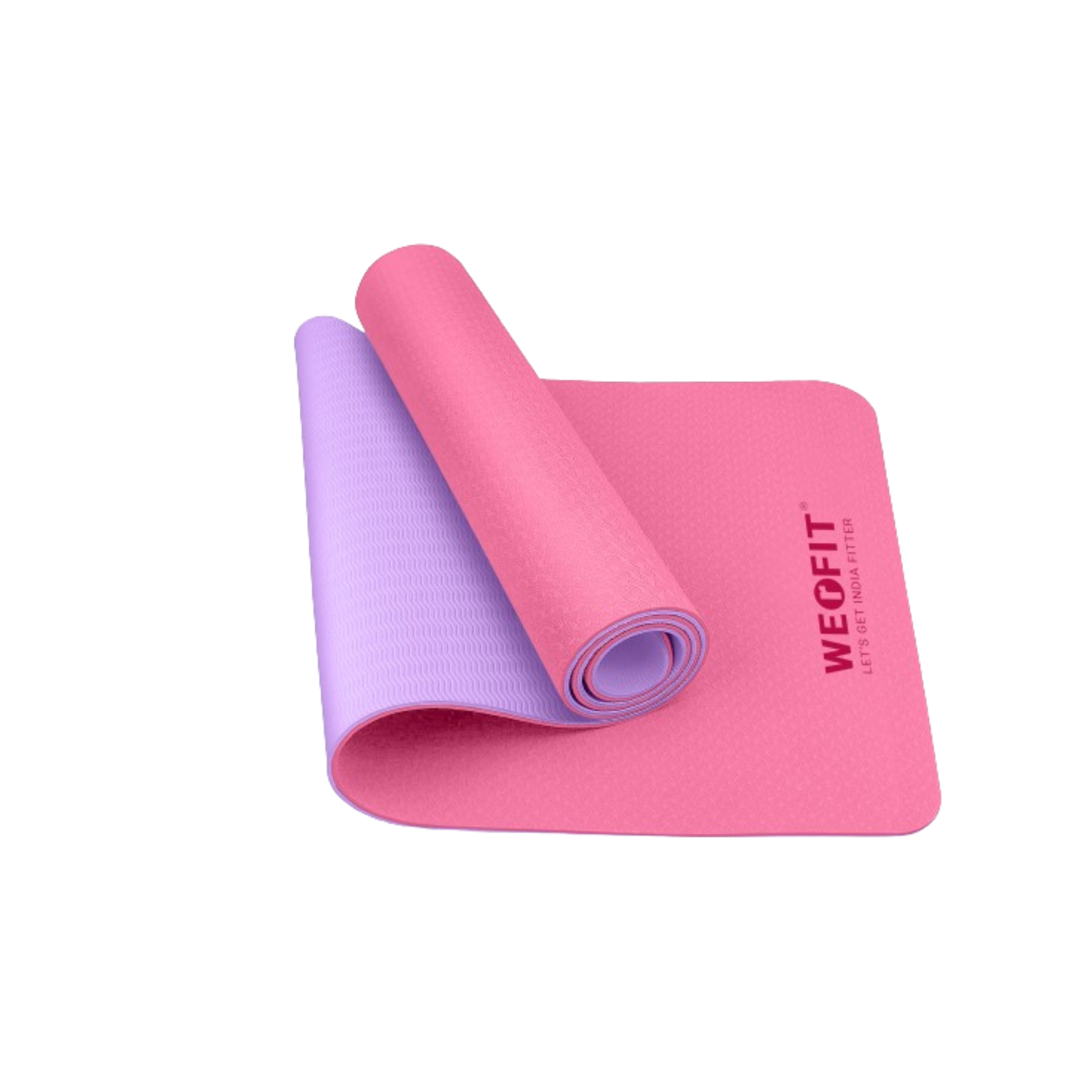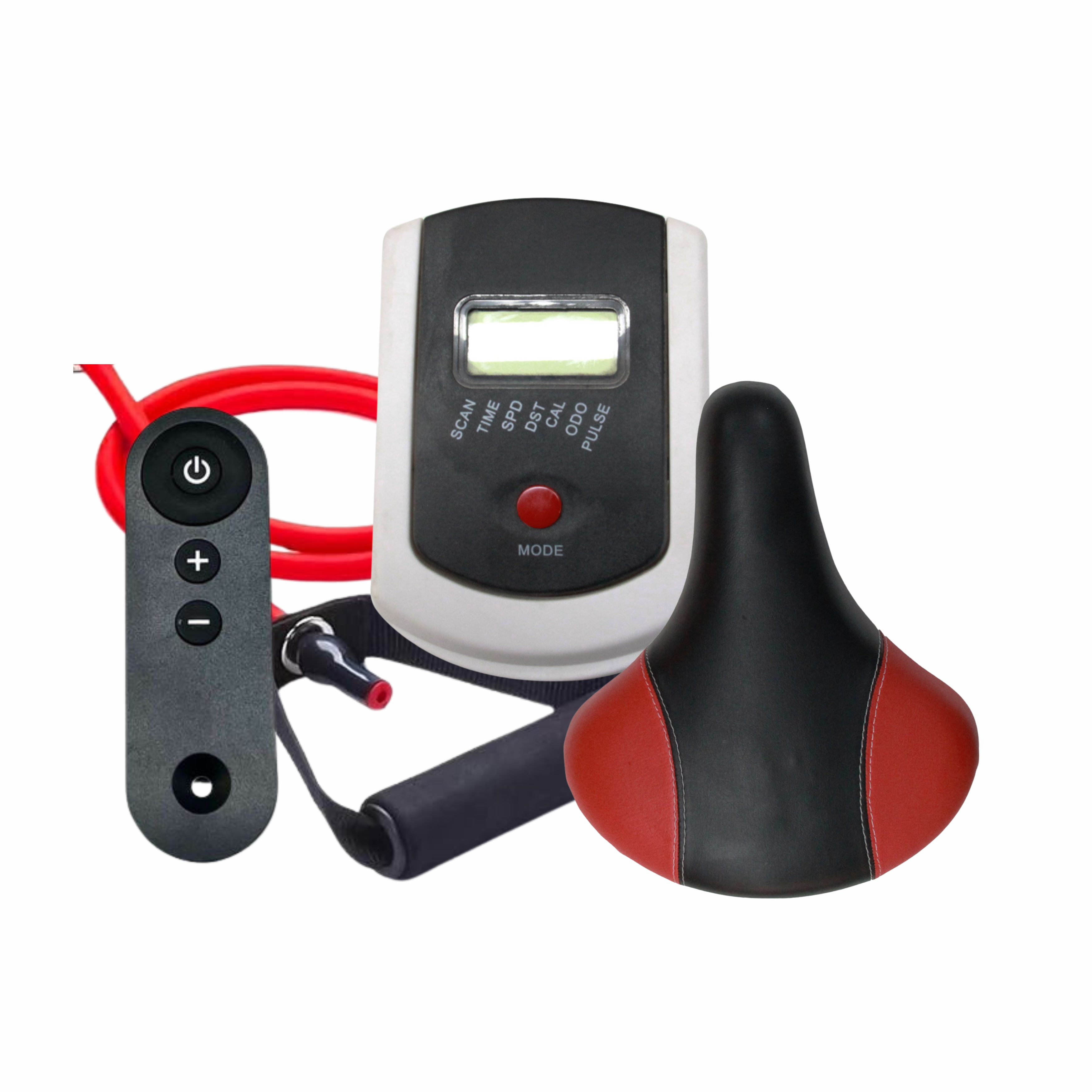
5 Tips for Cleaning a Yoga Mat, According to a Fitness Expert
Yoga is not just a physical exercise; it's a holistic practice that nurtures the body and mind. Whether you're a seasoned yogi or just beginning your journey, one thing remains essential: a clean yoga mat. In this article, we'll explore the significance of maintaining a clean yoga mat and provide expert tips on how to keep it fresh and hygienic.
Why Cleaning Your Yoga Mat Matters
Your yoga mat is your sanctuary, your personal space where you connect with yourself. But over time, it can become a breeding ground for bacteria, sweat, and dirt. Regular cleaning not only ensures hygiene but also extends the lifespan of your mat, preserving its quality for years to come.
Tip 1: Regular Wiping
The simplest way to maintain your yoga mat is through regular wiping. After each practice session, take a soft cloth dampened with a gentle cleaning solution—such as a mixture of water and mild soap—and wipe down the surface of your mat. Ensure thorough coverage, especially in areas prone to sweat accumulation. Once cleaned, allow the mat to air dry completely before rolling it up for storage.
Tip 2: Deep Cleaning
For a more thorough cleanse, consider deep cleaning your yoga mat on a weekly or bi-weekly basis. A popular natural solution involves mixing equal parts water and white vinegar in a spray bottle. Spray the solution generously onto the mat, focusing on areas with visible stains or odors. Allow it to sit for a few minutes before wiping it off with a clean damp cloth. Avoid using harsh chemicals that may degrade the material of your mat.
Tip 3: Natural Alternatives
If you prefer natural alternatives, consider using tea tree oil—a potent antifungal and antibacterial agent. Dilute a few drops of tea tree oil in water and apply it to your mat using a cloth or spray bottle. Not only does it cleanse the surface effectively, but it also imparts a refreshing scent and helps to deter pests.
Tip 4: Machine Washing
While some yoga mats are machine washable, it's crucial to follow manufacturer guidelines to prevent damage. Place your mat in the washing machine with a gentle detergent on a gentle cycle, ensuring it's not overcrowded. Avoid using hot water or strong detergents, as they can weaken the material and compromise its grip. Once washed, hang the mat to air dry or lay it flat in a well-ventilated area.
Tip 5: Sun Drying
Sun drying is an excellent way to naturally disinfect and refresh your yoga mat. After cleaning, lay your mat flat in direct sunlight, ensuring both sides are exposed. The ultraviolet rays help to kill bacteria and eliminate moisture, leaving your mat feeling clean and revitalized. However, avoid prolonged exposure to sunlight, as it may cause fading or damage to certain materials.
Conclusion
A clean yoga mat is essential for a fulfilling practice, promoting both physical and mental well-being. By incorporating these expert tips into your routine, you can ensure that your mat remains a sanctuary of purity and positivity. Remember, a little care goes a long way in preserving the integrity of your practice space.
FAQs
1. How often should I clean my yoga mat?
- Ideally, you should wipe down your yoga mat after each use and perform a deeper clean once a week or bi-weekly, depending on usage.
2. Can I use bleach to clean my yoga mat?
- It's not recommended to use bleach, as it can damage the material of your mat and leave behind harsh chemical residues.
3. Is it safe to machine wash all types of yoga mats?
- No, not all yoga mats are suitable for machine washing. Check the manufacturer's guidelines before attempting to wash your mat in a machine.
4. Can I use essential oils to clean my yoga mat?
- While essential oils like tea tree oil have natural cleansing properties, it's essential to dilute them properly and patch-test a small area of your mat before use to avoid any adverse reactions.
5. How do I store my yoga mat after cleaning?
- Ensure your yoga mat is completely dry before rolling it up for storage. Store it in a cool, dry place away from direct sunlight to prevent mold or mildew growth.
Follow us more updates.










